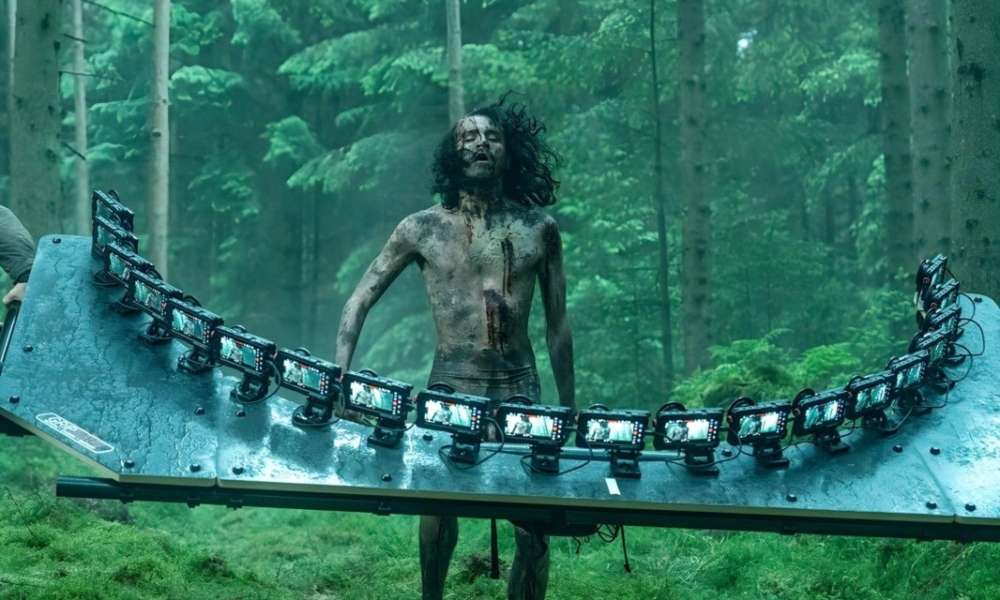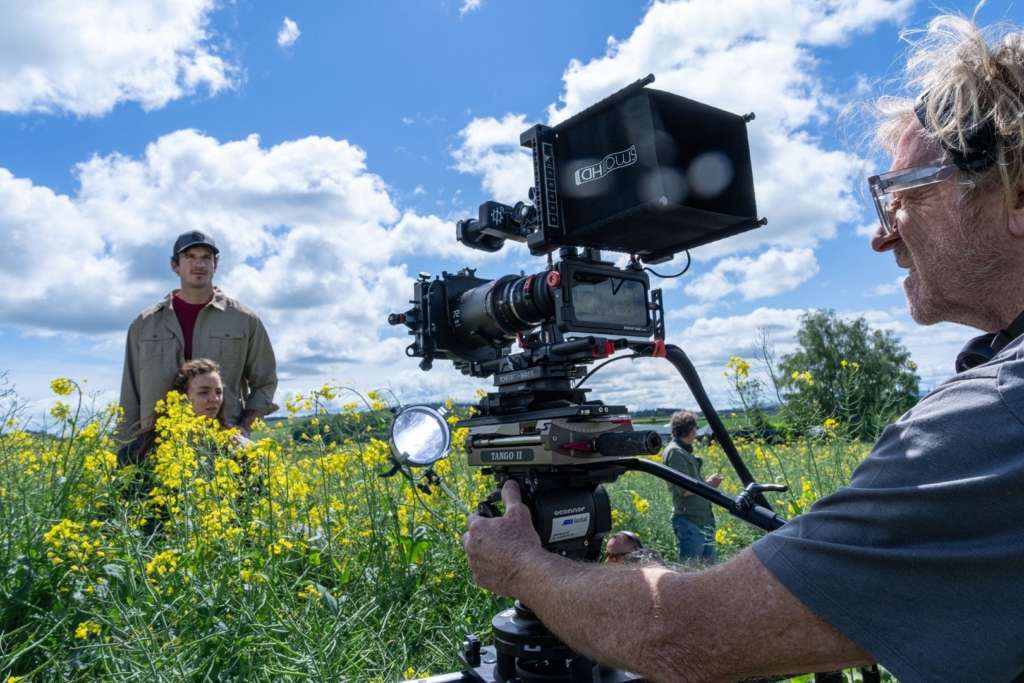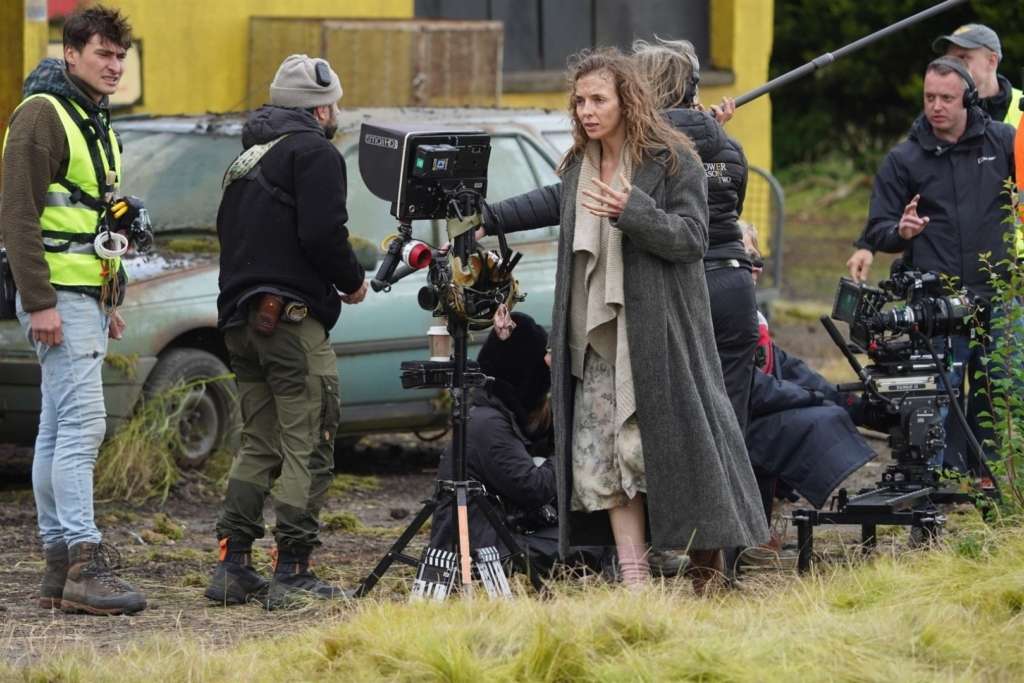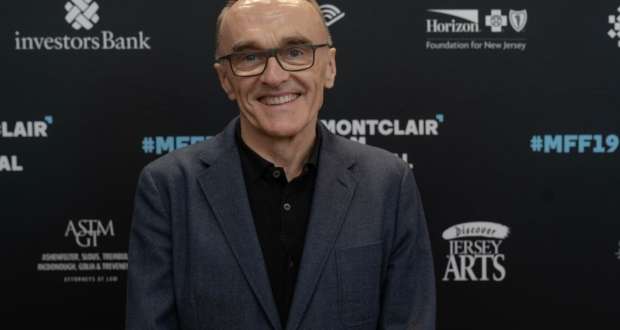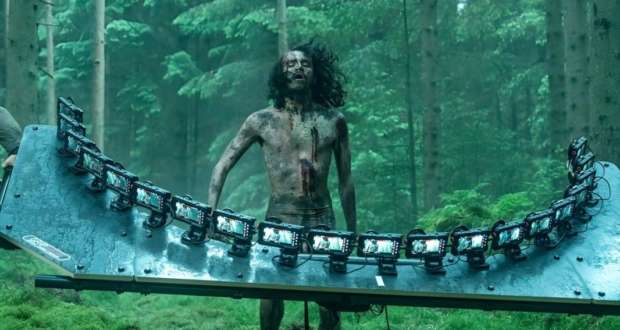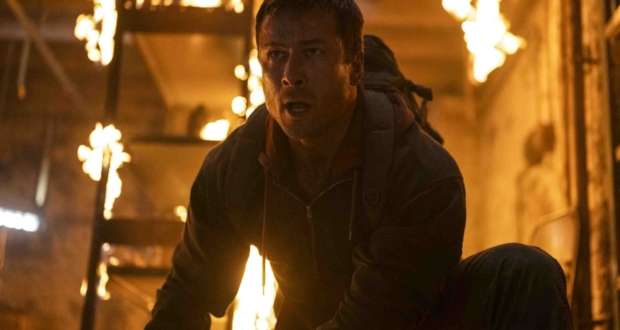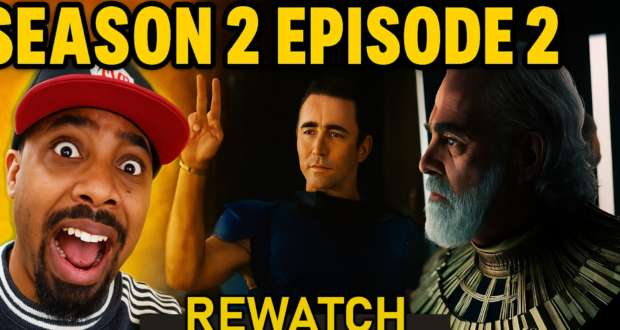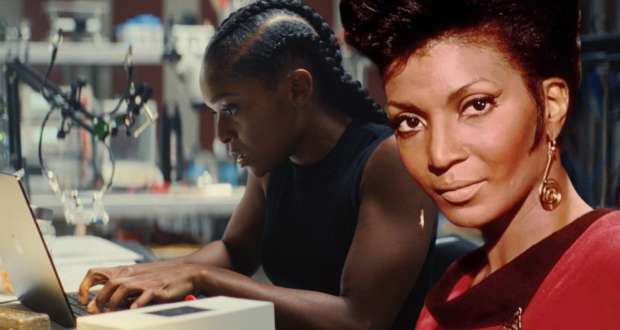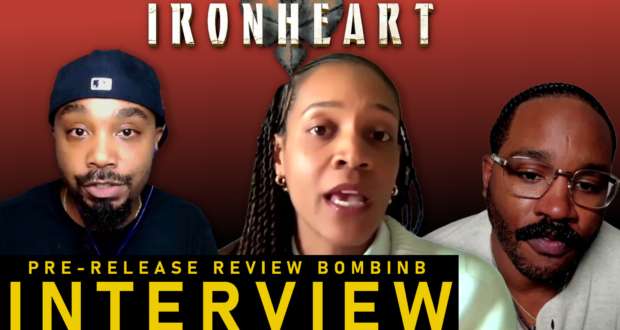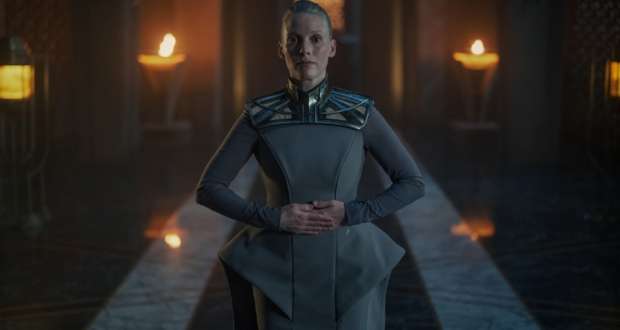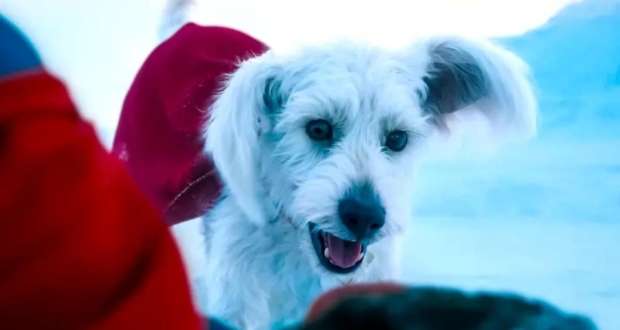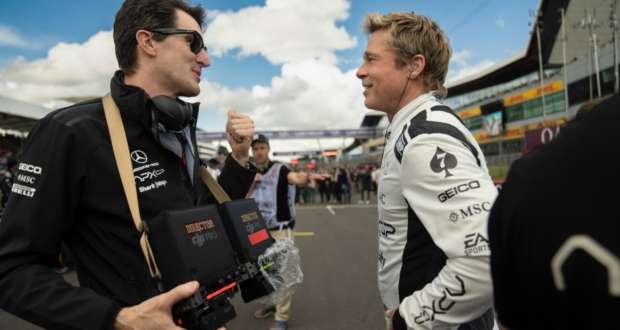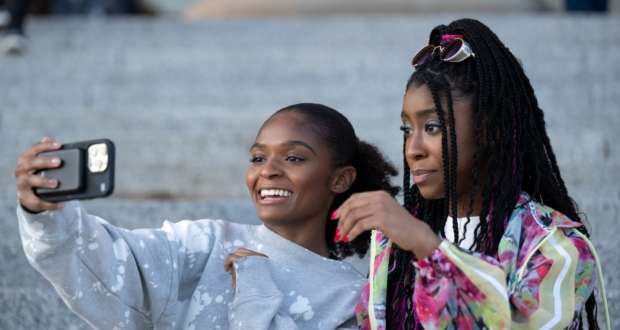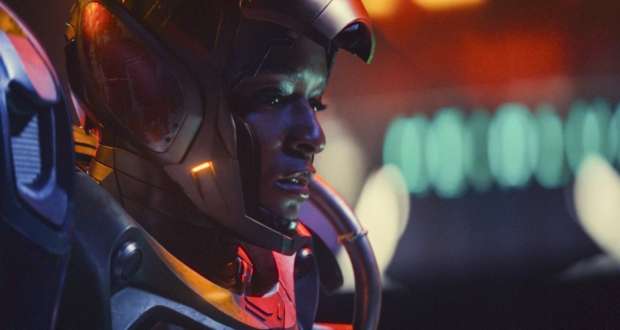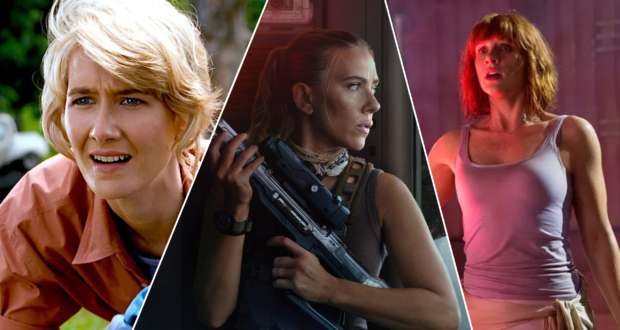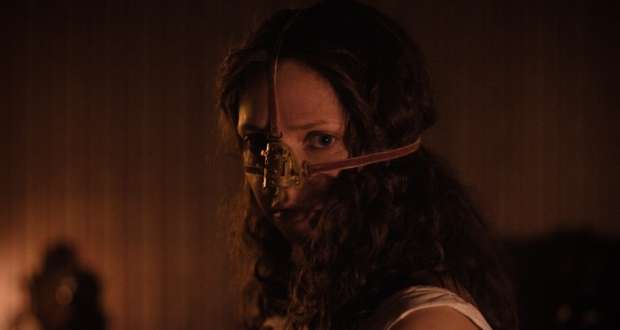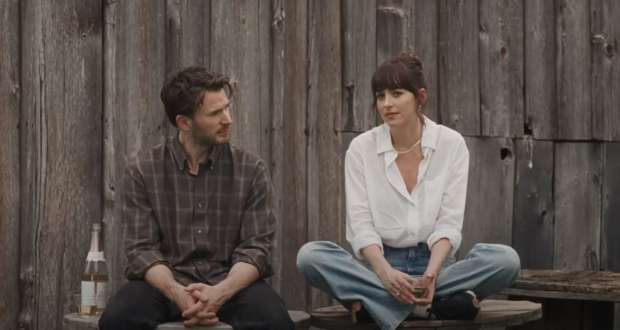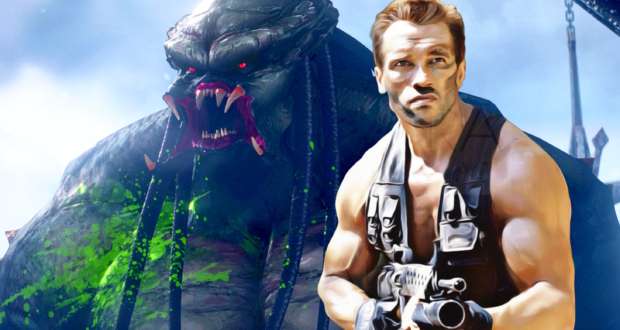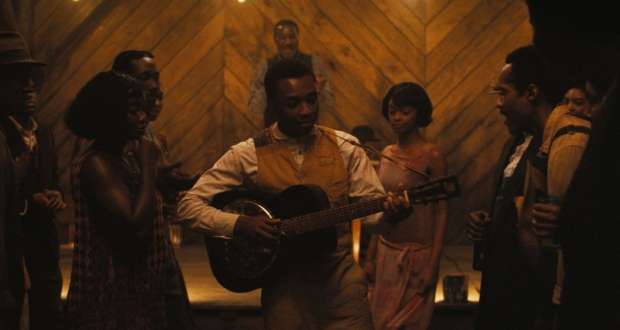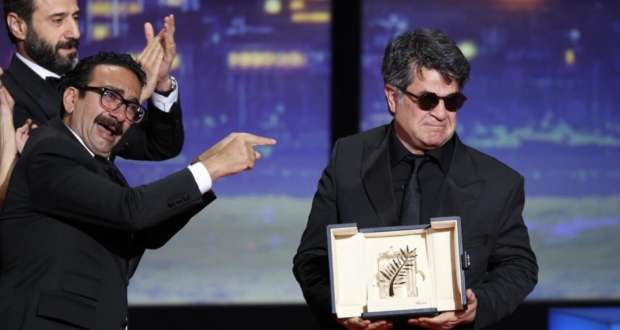How 28 Years Later Used iPhones to Film the Apocalypse
Danny Boyle iPhone cinematography is giving horror a new pulse. Known for redefining zombie cinema with 28 Days Later, Boyle reunites with cinematographer Anthony Dod Mantle for 28 Years Later, pushing genre visuals into bold new territory. Instead of relying on high-end rigs or vintage grime, the duo shot portions of the movie with up to 20 synced iPhones, building a hybrid aesthetic that merges guerrilla immediacy with widescreen ambition. Yes, it’s horror shot in Ultra Panavision but using the phone in your pocket.
Danny Boyle iPhone Cinematography in Action
Back in 2002, the lo-fi look of 28 Days Later wasn’t a style, it was a necessity. But in 2025, it’s a statement. Boyle explained that the first film leaned into grainy consumer cameras because “domestic video cameras were everywhere” at the time. “Taking that idea 28 years later,” he said, “the iPhone was the now-ubiquitous version of 2002’s camcorder.” The result? A film that feels intimate, present, and constantly dangerous.
Twenty iPhones, One Bloody Ballet
The team created specialized camera rigs that could hold 8, 10, or even 20 iPhones side by side. This allowed them to capture immersive, multi-angle shots during chaotic scenes. One moment in particular, Boyle says, was unforgettable. “There is an incredible shot in the second half of the film where we use the 20-rig camera… it’s quite graphic, but it’s a wonderful shot that uses that technique and in a startling way that kind of kicks you into a new world.” Think of it as bullet time, but feral and filthy. These setups gave the editors total freedom to pivot, rotate, or even warp time mid-sequence.
Instead of passively observing violence, the audience is dragged into it, sometimes quite literally. In certain scenes, the rig is strapped to actors, moving with their limbs and tremors. It’s filmmaking that feels like surveillance or found footage, but with full cinematic intent.
2.76:1 Aspect Ratio Meets Guerrilla Tech
In a bold choice, Boyle and Mantle shot the film in an ultra-wide 2.76:1 aspect ratio. This format is usually reserved for epic films like The Hateful Eight or Oppenheimer. For horror, it’s unorthodox but highly effective. Boyle explained, “If you’re on a widescreen format, they could be anywhere. You have to keep scanning, looking around for them.” The audience becomes hyper-aware, constantly searching the frame for hidden infected.
Why Phone Footage Works in Horror
iPhones offer a kind of organic chaos that’s hard to replicate. Boyle put it this way: “It’s wonderful to give yourself parameters that you use to try and depict [the apocalypse] and have technical limitations.” By leaning into those limitations, the film finds visual honesty. The grain, the shake, the occasional digital flare it all adds texture and anxiety.
Some of the film’s most visceral footage comes from POV shots strapped to the infected themselves. Mantle described the goal as “embedding the audience through the lens.” He even mounted cameras to the new infected class the grotesque Slow-Lows to capture their slithering movements from below, making viewers feel like they were crawling through a nightmare.
Big Budget, Indie Tools
Despite using consumer tech, 28 Years Later isn’t a scrappy low-budget indie. It’s a major studio release with high production value. The decision to use iPhones and unconventional rigs wasn’t about saving money it was about telling the story in the most visceral way possible. Every frame feels like it’s bleeding urgency. Mantle added, “We both like maverick ideas, techniques, and technology that are insistent in their language and push boundaries.”
That tension between polished cinematography and gritty realism is where the film finds its power. Danny Boyle iPhone cinematography pushes horror into new space not just visually, but emotionally. The audience doesn’t just watch terror unfold. They ride shotgun.
Final Take
28 Years Later doesn’t just revisit a franchise. It retools it for a generation raised on mobile footage, drone shots, and news clips of real disaster. Boyle’s choice to lean into iPhones and panoramic framing results in a horror experience that feels grounded and operatic at the same time. It’s bold, it’s brutal, and it’s Boyle at his most unfiltered. For horror fans and filmmaking geeks alike, this is a visual feast worth dissecting.
